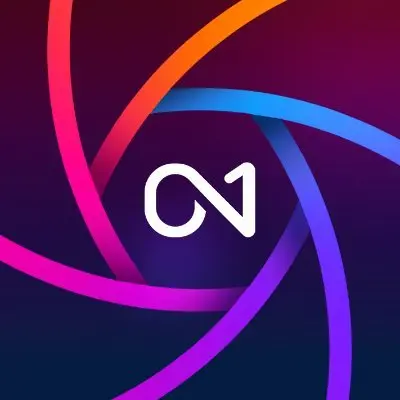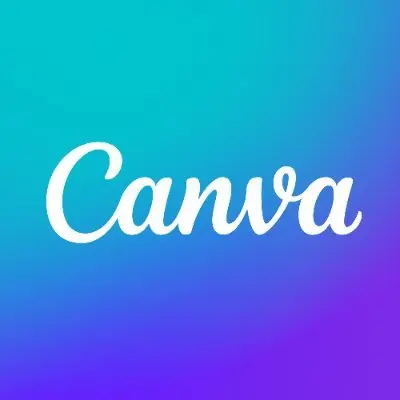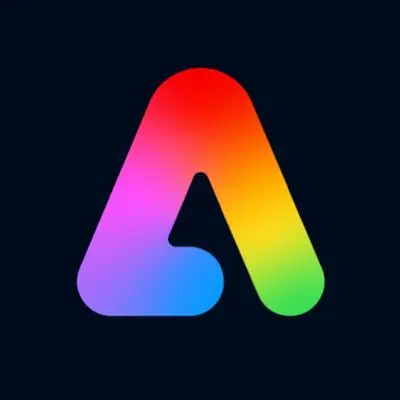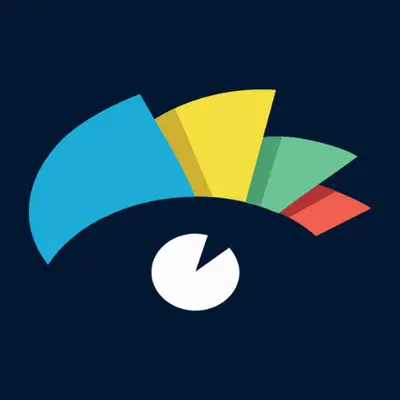AI Visual Design Tools
Transform your creative process with the best AI visual design tools of 2025. From stunning image generation to professional graphic design, discover cutting-edge platforms that revolutionize visual content creation and boost your design productivity exponentially.
Image Generators
Create stunning visuals with AI-powered image generation technology
 🏆 Editor Pick
🏆 Editor Pick
Recraft
Advanced AI for consistent brand visuals and icons
• Freemium Visit Website 🏆 Editor Pick
🏆 Editor Pick
FLUX
State-of-the-art image generation with superior quality
• Freemium Visit Website 🔥 Popular
🔥 Popular
Midjourney
Artistic AI imagery with distinctive creative style
• Paid Full Details 🔥 Popular
🔥 Popular
Google ImageFX
Free AI image generator with advanced controls
• Free Visit WebsiteGraphic Design
Professional design tools enhanced with AI capabilities
Canva
Market leader with 278M+ users and Magic Studio AI
• Freemium Full DetailsVisme
Business-focused platform with data visualization
• Freemium Visit WebsiteLogoMe AI
Specialized AI logo generation with fast brand kits
• Paid Full DetailsLooka
Comprehensive brand identity packages with AI
• Paid Full DetailsPhoto Editing
Transform images with AI-powered editing capabilities
 🏆 Editor Pick
🏆 Editor Pick
Adobe Photoshop
Industry-standard editor with generative AI fill
• Paid Visit Website 🏆 Editor Pick
🏆 Editor Pick
Luminar Neo
AI-first photo editor with one-click enhancements
• Paid Visit Website 🔥 Popular
🔥 Popular
ON1 Photo RAW
Professional RAW processor with AI masking
• Paid Visit Website 🔥 Popular
🔥 Popular
Remove.bg
Instant AI background removal with precision
• Freemium Full DetailsInfographic Tools
Create compelling data visualizations with AI assistance
 🏆 Editor Pick
🏆 Editor Pick
Canva
Versatile platform with 10,000+ infographic templates
• Freemium Full Details 🏆 Editor Pick
🏆 Editor Pick
Adobe Express
Professional infographics with Creative Cloud sync
• Freemium Visit Website ✨ New
✨ New
Piktochart
Data-driven infographics with AI analysis
• Freemium Visit Website ✨ New
✨ New
Venngage
Business infographics with smart templates
• Freemium Visit WebsiteThe AI Visual Design Revolution of 2025
The landscape of AI visual design tools has transformed dramatically, with the market projected to reach $15.06 billion by 2029, growing at an impressive 22.1% CAGR. This explosive growth reflects the fundamental shift in how creative professionals approach design work, with 83% already integrating visual design AI into their daily workflows.
Understanding the AI Design Advantage
Modern AI design software delivers unprecedented efficiency gains, reducing design iteration time by 33% and cutting production costs by 25%. These tools leverage advanced machine learning algorithms to understand design principles, color theory, and composition rules that traditionally took years to master. The result is democratized access to professional-quality design capabilities for creators at all skill levels.
The integration of AI graphic design tools extends beyond simple automation. Platforms like Figma AI and Adobe Firefly incorporate contextual understanding, enabling intelligent suggestions that align with brand guidelines and design systems. This represents a paradigm shift from tools that merely execute commands to partners that actively contribute to the creative process.
Maximizing ROI with Visual Design AI
To extract maximum value from automated design platforms, organizations must adopt strategic implementation approaches. Start by identifying repetitive design tasks that consume disproportionate time—these represent immediate opportunities for AI automation. Tools like Canva Magic Studio excel at batch processing variations, while specialized platforms like Remove.bg handle specific tasks with surgical precision.
The generative AI in design market, expected to reach $13.9 billion by 2034 with a staggering 34.11% CAGR, indicates the transformative potential of these technologies. Smart adoption of AI-powered creativity tools positions organizations to capitalize on this growth while maintaining competitive advantages through enhanced productivity and innovation capabilities.
Mastering AI Image Generation in 2025
The evolution of AI image generators represents one of the most significant advances in creative AI tools. Platforms like Recraft and FLUX demonstrate the sophistication possible when combining advanced neural networks with intuitive user interfaces. These tools have fundamentally altered the economics of visual content creation, making custom imagery accessible to businesses of all sizes.
Technical Capabilities and Creative Control
Modern design automation software offers unprecedented control over generated imagery. Unlike early iterations that produced unpredictable results, current platforms provide granular adjustments for style, composition, and brand consistency. Recraft's ability to maintain visual coherence across icon sets and brand materials exemplifies how intelligent design tools now serve professional design workflows.
The integration of natural language processing enables intuitive creation processes where detailed prompts yield precise results. This advancement has reduced the learning curve dramatically—what once required extensive prompt engineering knowledge now responds to conversational descriptions. Google ImageFX's free tier democratizes access further, ensuring that budget constraints don't limit creative possibilities.
Strategic Implementation for Business Impact
Successful deployment of visual AI platforms requires understanding each tool's strengths and optimal use cases. Midjourney excels at artistic and conceptual imagery, making it ideal for creative campaigns and brand storytelling. Conversely, FLUX's photorealistic capabilities suit product visualization and marketing materials requiring authentic representation.
The 45% reduction in manual workload reported by design teams using AI tools translates directly to business value. This efficiency gain enables reallocation of human creativity toward strategic initiatives rather than routine production tasks. As AI visual design tools continue evolving, organizations that master their integration will maintain significant competitive advantages in content velocity and quality.
Transforming Professional Design Workflows
The integration of AI-powered design tools into professional workflows has reached a tipping point, with 61% of design professionals now relying on AI assistance daily. This adoption reflects not just technological advancement but a fundamental reimagining of the design process itself. Modern visual design AI augments human creativity rather than replacing it, creating synergies that elevate output quality while accelerating delivery timelines.
Enterprise-Grade AI Design Solutions
Leading AI graphic design tools now offer enterprise features essential for large-scale operations. Adobe Firefly's integration with Creative Cloud exemplifies how AI enhances existing workflows without disrupting established processes. Teams maintain their familiar tools while gaining access to generative capabilities that would otherwise require specialized expertise or extensive manual effort.
Collaboration features in platforms like Figma AI enable real-time co-creation where AI suggestions complement team brainstorming. This collaborative intelligence model represents the future of design automation software—systems that understand context, maintain consistency across projects, and learn from team preferences to provide increasingly relevant assistance over time.
Measuring Impact and Optimizing Performance
Organizations implementing automated design platforms report measurable improvements across key performance indicators. Beyond the 33% reduction in iteration time, teams experience enhanced creative exploration capabilities. The ability to rapidly prototype variations enables data-driven design decisions based on actual performance rather than assumptions.
As the AI visual design tools market continues its trajectory toward $15.06 billion by 2029, early adopters position themselves to capture disproportionate value. The key lies in strategic tool selection aligned with specific workflow needs, comprehensive team training, and continuous optimization based on performance metrics. Organizations that master this integration will define the next era of visual communication excellence.
Transform Your Creative Process with AI Visual Design Tools
The landscape of AI visual design tools in 2025 offers unprecedented opportunities to revolutionize your creative workflows. Whether you're generating stunning images with AI, enhancing photos with intelligent editing, or creating data-rich infographics, these tools empower you to produce exceptional visual content at scale.
With the AI-powered design market growing at 22.1% CAGR and 83% of creative professionals already using AI tools, the question isn't whether to adopt these technologies—it's how quickly you can integrate them to maintain competitive advantage.
Ready to elevate your visual design capabilities? Explore our comprehensive subcategory pages for detailed reviews, comparisons, and insights on all the latest AI design software and visual AI platforms transforming creative industries in 2025.



